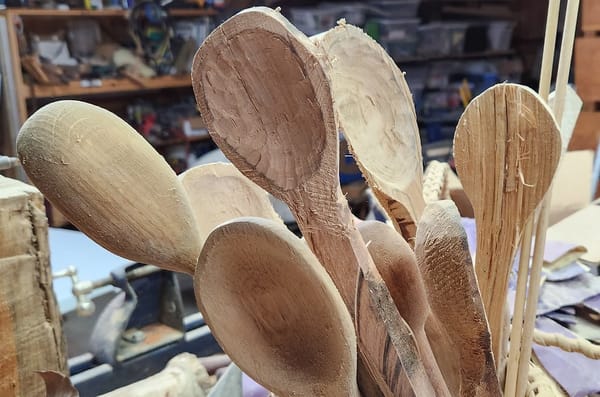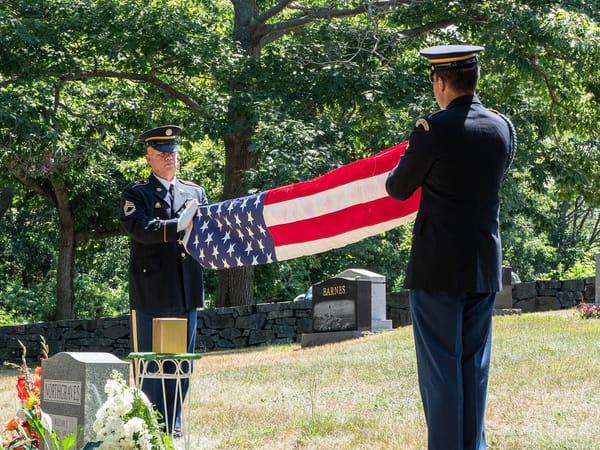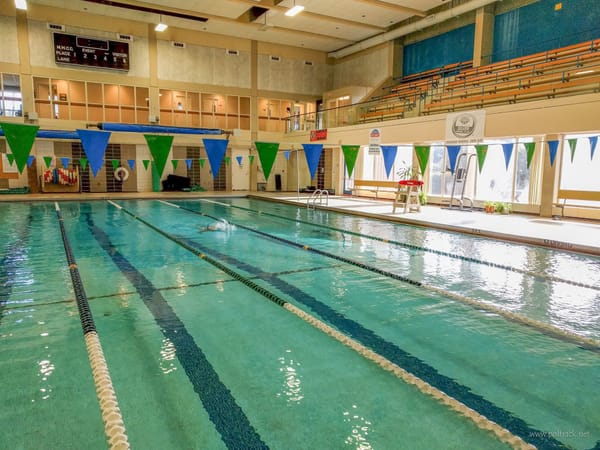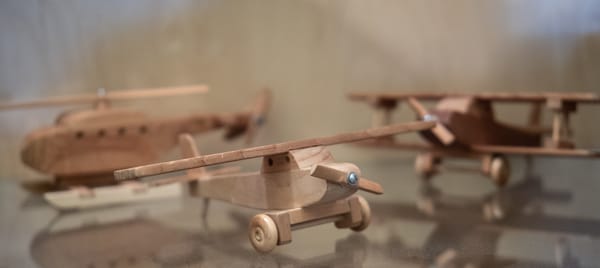Adapting to Technological Change
A look back at items used to make old equipment work with new technologies.
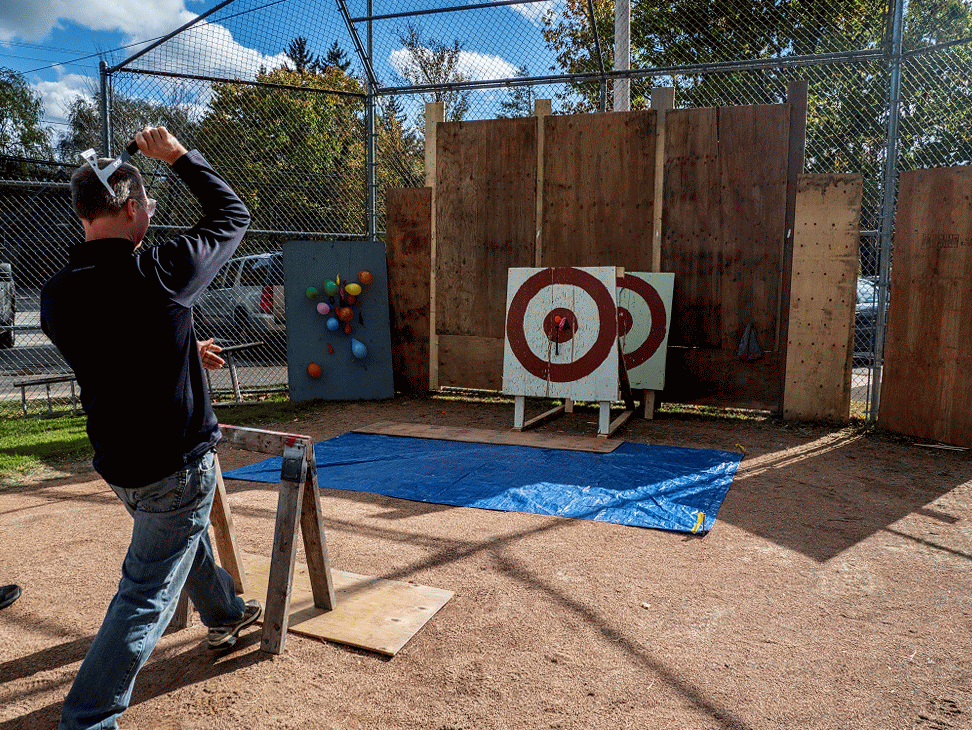
Throwback Technology
There is no better place to study older technology than a visit to our local recycling center AKA The Green Center. There one might find film cameras, 78 RPM records, VHS tapes and other detritus of bygone eras. The challenge comes when one tries to utilize the old while adapting to the new.
Car Audio
Remember 8-Track tape cassettes? In the middle of the song, the player would clunk and wheeze as the head shifted to another track. I thought they were awful but a lot of my friends had them in the car. I didn't like the idea of buying pre-recorded music on such an inferior platform. If only there was a way to create your own mix of music. Something you might call a mix tape.
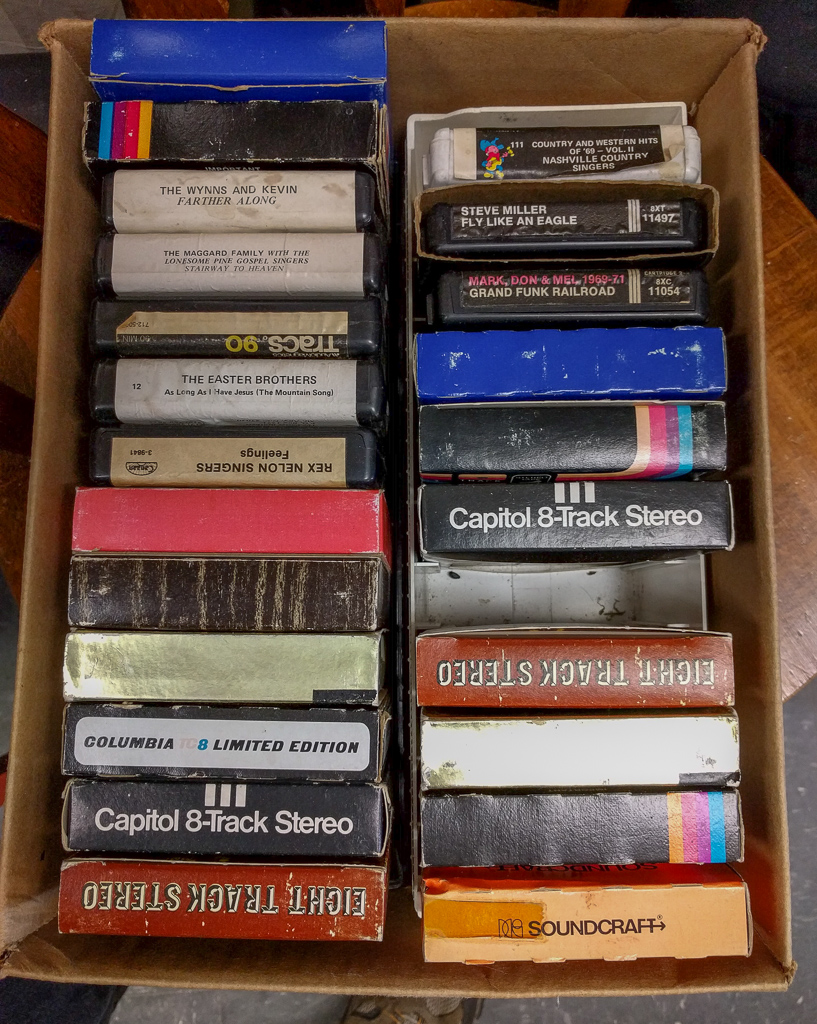
The Mix Tapes
Compact tape cassettes were developed by Phillips in 1963. In my opinion they were the greatest advance in car audio of all time. I spent hours making mix tapes. I'd carefully arrange the songs so I could make maximum use of the 45 minutes per side. When the tape would spool out or wrap around the player capstan, you could wind it back into the case with a ball point pen. I could play my OWN music while driving, something I now do with a mobile phone and Bluetooth connection. No longer a slave to some head of programming at a radio station.
https://flic.kr/p/2n9oZyL NEW cassette tapes at the Green Center and NOBODY wants them
Compact Discs
In the early 1980s Sony and Phillips developed the Compact Disc. It had superior sound but most of us had cassette radios in our cars, not CD players. If only there were a way to listen to the Compact Discs with the car audio. Once again I found the solution at the Green Center.
https://flic.kr/p/2o3jPEW OS/2 adaptors and CD to Cassette Adaptors
These were a clever solution. You could plug the wire into the earphone jack of your Discman, insert the adapter into the cassette player and voila, you had a CD player. The unit contained a small coil that would magnetically transfer the audio signal to the tape head of the cassette player. the sprockets turned freely, they were not connected to anything. The Green things are computer adaptors which are described below)
USB Adaptors (those green things)
In 1996 the Universal Serial Bus (USB) standards were established. Computer keyboards and Mice started to appear with USB plugs. However at that time most of the computers had round OS/2 sockets for these peripherals. Once again there was an adaptor available to ease the transition. The green units in the previous photo could connect an USB plug to an OS/2 socket. The adaptor with the clear plastic cover probably was used to convert an even older serial port to an OS/2 socket. Clever technology isn't it?
